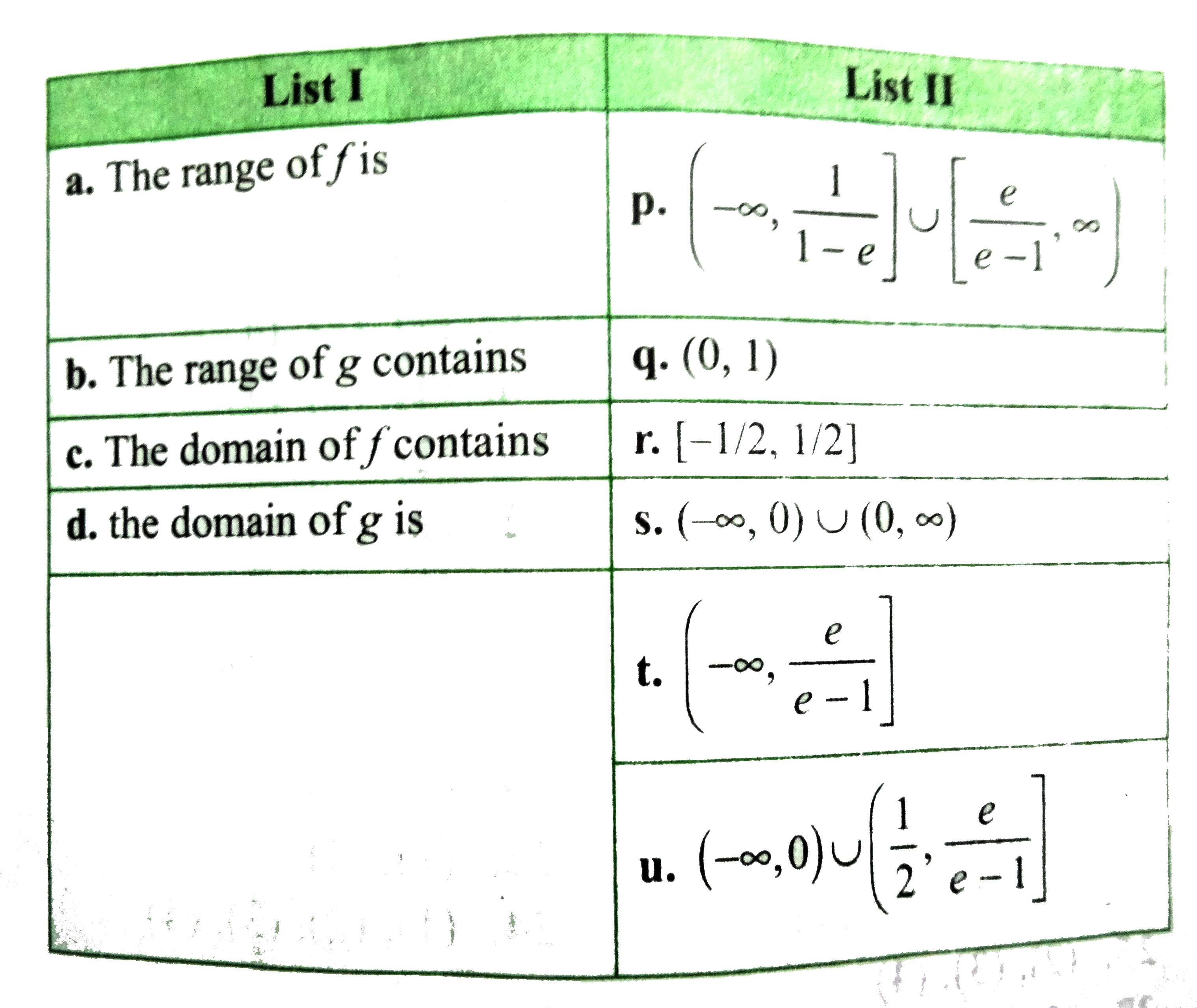The area of a right triangle is 6864 sq. units. If the ratio of its legs is 143:24, then the value of r is ______
The correct Answer is:22
To solve the problem step by step, we will follow the given information about the right triangle and use the properties of triangles.
1. Understanding the Given Information:
We know that the area of the right triangle is 6864 sq. units and the ratio of its legs (a and b) is 143:24.
2. Setting Up the Ratio:
Let the lengths of the legs of the triangle be represented as:
a=143kandb=24k
where k is a constant.
3. Finding the Area Formula:
The area A of a right triangle can be calculated using the formula:
A=12×a×b
Substituting the values of a and b:
A=12×(143k)×(24k)=12×3432k2=1716k2
4. Setting Up the Equation:
Since the area is given as 6864 sq. units, we can set up the equation:
1716k2=6864
5. Solving for k2:
To find k2, we divide both sides by 1716:
k2=68641716
Simplifying this gives:
k2=4
6. Finding k:
Taking the square root of both sides:
k=2
7. Finding the Lengths of the Legs:
Now we can find the lengths of the legs a and b:
a=143k=143×2=286
b=24k=24×2=48
8. Finding the Hypotenuse:
Using the Pythagorean theorem to find the hypotenuse c:
c2=a2+b2=2862+482
Calculating c2:
c2=81796+2304=84000
Taking the square root gives:
c=√84000=290
9. Calculating the Semi-Perimeter s:
The semi-perimeter s is given by:
s=a+b+c2=286+48+2902=6242=312
10. Finding the Inradius r:
The inradius r can be calculated using the formula:
r=As=6864312
Simplifying this gives:
r=22
Final Answer:
The value of r is 22.
We know that the area of the right triangle is 6864 sq. units and the ratio of its legs (a and b) is 143:24.
Let the lengths of the legs of the triangle be represented as:
a=143kandb=24k
where k is a constant.
The area A of a right triangle can be calculated using the formula:
A=12×a×b
Substituting the values of a and b:
A=12×(143k)×(24k)=12×3432k2=1716k2
Since the area is given as 6864 sq. units, we can set up the equation:
1716k2=6864
To find k2, we divide both sides by 1716:
k2=68641716
Simplifying this gives:
k2=4
Taking the square root of both sides:
k=2
Now we can find the lengths of the legs a and b:
a=143k=143×2=286
b=24k=24×2=48
Using the Pythagorean theorem to find the hypotenuse c:
c2=a2+b2=2862+482
Calculating c2:
c2=81796+2304=84000
Taking the square root gives:
c=√84000=290
The semi-perimeter s is given by:
s=a+b+c2=286+48+2902=6242=312
The inradius r can be calculated using the formula:
r=As=6864312
Simplifying this gives:
r=22
The value of r is 22.
Topper's Solved these Questions
- PROPERTIES AND SOLUTIONS OF TRIANGLEBook:CENGAGE ENGLISHChapter:PROPERTIES AND SOLUTIONS OF TRIANGLEExercise:Archives (Single correct Answer type)
Explore 2 Videos
- PROPERTIES AND SOLUTIONS OF TRIANGLEBook:CENGAGE ENGLISHChapter:PROPERTIES AND SOLUTIONS OF TRIANGLEExercise:Archives (JEE Advanced)
Explore 3 Videos
- PROPERTIES AND SOLUTIONS OF TRIANGLEBook:CENGAGE ENGLISHChapter:PROPERTIES AND SOLUTIONS OF TRIANGLEExercise:Matrix match type
Explore 6 Videos
- PROGRESSION AND SERIESBook:CENGAGE ENGLISHChapter:PROGRESSION AND SERIESExercise:ARCHIVES (MATRIX MATCH TYPE )
Explore 1 Video
- RELATIONS AND FUNCTIONSBook:CENGAGE ENGLISHChapter:RELATIONS AND FUNCTIONSExercise:Archives(Matrix Match Type)
Explore 1 Video
Similar Questions
For a regular polygon, let r and R be the radii of the inscribed and the circumscribed circles. A false statement among the following is There is a regular polygon with rR=1√2 (17) There is a regular polygon with rR=23 (30) There is a regular polygon with rR=√32 (47) There is a regular polygon with rR=12 (60)
View SolutionLet ABC be a triangle such that ∠ACB=π6 and let a , b and c denote the lengths of the side opposite to A,B ,and C respectively. The value(s) of x for which a=x2+x+1,b=x2−1,and c=2x+1 is(are) −(2+√3) (b) 1+√3 (c)2+√3 (d) 4√3
View Solutionshow that tan−1(12)+tan−1(211)=tan−1(34)
View SolutionMatch the statements /expression given in List I with the values given in List II.

View SolutionLet E1={x∈R:x≠1andxx−1>0}andE2={x∈E1:sin−1(loge(xx−1)) is real number}
(Here, the inverse trigonometric function sin−1x assumes values in [−π2,π2].)
Let f:E1→R be the function defined by f(x)=loge(xx−1)andg:E2→R be the function defined by g(x)=sin−1(loge(xx−1)).

The correct option is
View SolutionThe inradius in a right angled triangle with integer sides is r
If r = 5, the greatest area (in sq. units) is
View SolutionThe area of a right triangle is 6864 sq. units. If the ratio of its legs is 143:24, then the value of r is ______
View SolutionArea of triangle = ………….sq. units .
View SolutionThe legs of a right triangle are in the ratio 3 : 4 and its area is 1014cm2 . Find the lengths of its legs.
View SolutionThe area of a right angled triangle is 24 cm2 and the length of its hypotenuse is 10 cm. The length of the shorter leg is :
View SolutionFind the values of k so that the area of the triangle with vertices (1, -1), (-4, 2k), and (-k, - 5) is 24 sq. units.
View SolutionFind the values of k so that the area of the triangle with vertices (1, -1), (-4, 2k) and (-k, -5) is 24 sq. units.
View SolutionThe inradius in a right angled triangle with integer sides is r
If r = 5, the greatest area (in sq. units) is
View SolutionThe area of a right triangle is 6864 sq.units. If the ratio of its legs is 143 : 24, then the value of [1/4] (where [] represents the greatest integer function) is
View SolutionThe area of a right angled triangle is 24 cm2 and the length of its hypotenuse is 10 cm. The length of the shorter leg is :
View Solution
